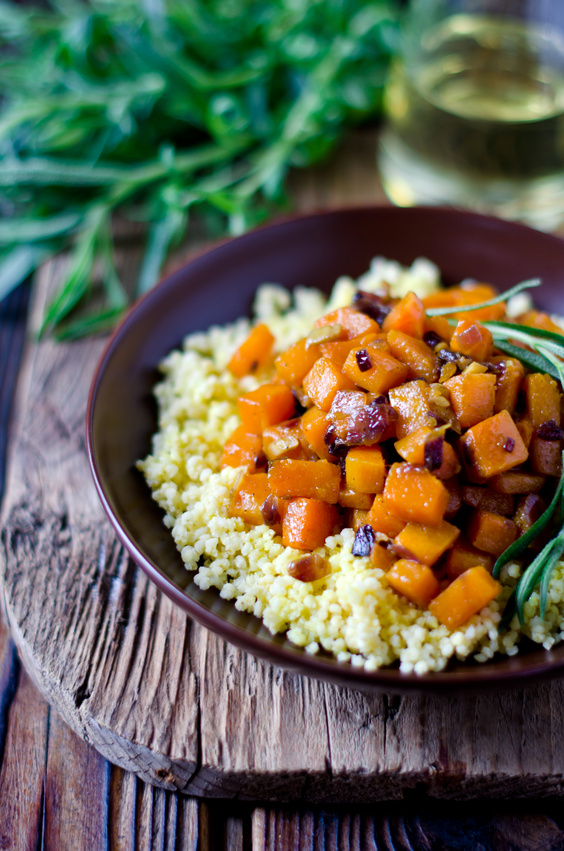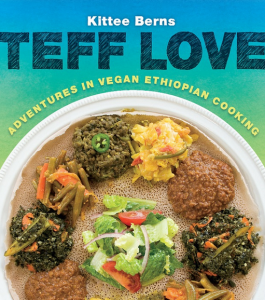Share This
Hearty whole grains are the foundation for many of the world’s healthiest diets, including the ever-popular Mediterranean diet. But with culinary curiosity on the rise, and a growing interest in traditional, plant-based diets, educators, chefs, and diners are turning to a new continent for grain inspiration: Africa.
This week, the New York Times reported on a study, which found that embracing a traditional, fiber rich African heritage diet significantly improved health markers in a group of middle aged African Americans, and reduced risk factors for colon cancer. Traditional African heritage diets are filled with healthy plant foods, like leafy green vegetables, beans and peas, root vegetables, and of course—grains. As the health benefits of this eating pattern continue to emerge, it is no surprise to see that African grains are emerging in cookbooks and menus across the country.
Many delicious whole grains, such as millet, teff, and sorghum, have strong roots in African cooking. In Afro-Vegan: Farm-Fresh African, Caribbean, and Southern Flavors Remixed, Chef Bryant Terry shares a southern-style grits recipe made with teff and stone-ground corn. James Beard Award winning chef Marcus Samuelsson has also helped popularize African cooking, including grains like teff. By embracing the delicious and nutritious grains of Africa, these celebrity chefs are showing that humble ingredients often make for the tastiest recipes.
One of the most buzz-worthy African grains right now is teff, the star ingredient in injera bread (a spongy, Ethiopian flatbread, often used as an edible utensil to sop up hearty stews). Injera is made using a natural fermentation process similar to that used in sourdough bread, which helps make some of the nutrients more bioavailable. Even if you’re familiar with the time-honored tradition of sourdough baking, however, you’ll appreciate how the injera-making process is demystified in the new book, Teff Love: Adventures in Ethiopian Cooking, by Kittee Berns.
Here in the western hemisphere, African grains are also used in a number of different cuisines and recipes, including French pastries. Alice Medrich’s new cookbook, Flavor Flours: A New Way to Bake with Teff, Buckwheat, Sorghum, Other Whole & Ancient Grains, Nuts & Non-Wheat Flours, won a James Beard Foundation Award this year in the Baking & Desserts category. Her recipes leverage the natural nuttiness of non-wheat flours, including sorghum flour and teff flour—two African heritage staples—to create luxuriously rich desserts.
Sorghum flour is perhaps best known for its role gluten free baking, as the sweet taste and texture somewhat mimic that of wheat flour. The sorghum grain itself is also a versatile African heritage ingredient. These chewy little pearls can be substituted for couscous in recipes, due to their similar size and texture, and they cook up in about 25-40 minutes. Staying true to sorghum’s traditional culinary uses in Africa, it also makes a wonderful base for porridge, or can be eaten popped, like popcorn.
If baking isn’t your forte, and you prefer deliciously simple meals, be sure not to overlook millet, a buttery, quick cooking (about 20 minutes) whole grain, perfect in porridges, pilafs, and everything in between. This African crop is so flavorful and nutritious that Melissa Abbot, director of culinary insights at The Hartman Group, believes that millet just might be the next quinoa!
Have you experimented with teff, millet, sorghum, or other African grains? Check out our recipe page to get started! (Kelly)



Add a Comment